No products in the cart.
Mountain Home – Spotlight
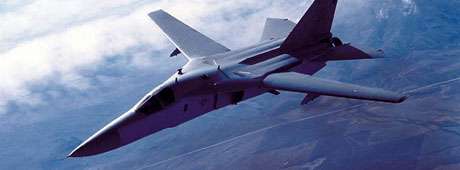
By John Hiler
After the discovery of gold in the early 1860s, the end of the Civil War in 1865, and the coming of the Transcontinental Railroad in 1869, the little station on Rattlesnake Creek became quite famous. It was here that the famous Overland Stages came up the trail from the East carrying passengers bound for the fabulous gold strikes on the South Boise River.
Rattlesnake Station was founded in August 1864 when Ben Holladay put through his Overland Stage Line between Salt Lake City, Utah, and Walla Walla, Washington. Commodore William Jackson, an early employee of Holladay, acquired the property in 1872.
An EF-111 flies high above the Idaho desert. Photo courtesy of the Mountain Home Air Force Base.

The Turner House, Mountain Home's first hotel, in 1886. Photo courtesy of John Hiler
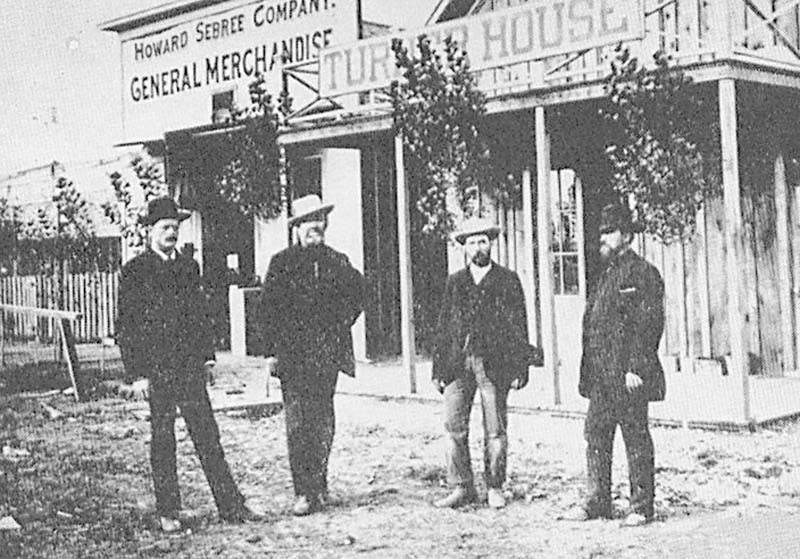
Downtown Mountain Home as it looked in 1887. Photo courtesy of Idaho State Historical Society.
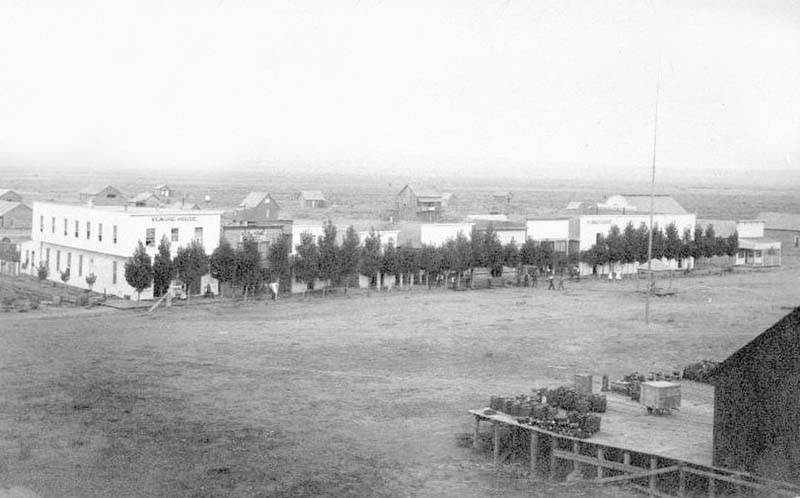
Famed horse rancher Kitty Wilkins, the "Idaho Horse Queen." Photo courtesy of the Mildretta Adams Collection.
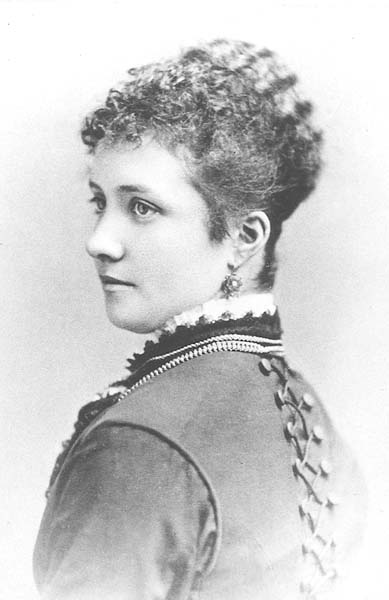
The origins of this photo have been lost to history, but it appears to be a christening ceremony. Photo courtesy of the Mountain Home Air Force Base.
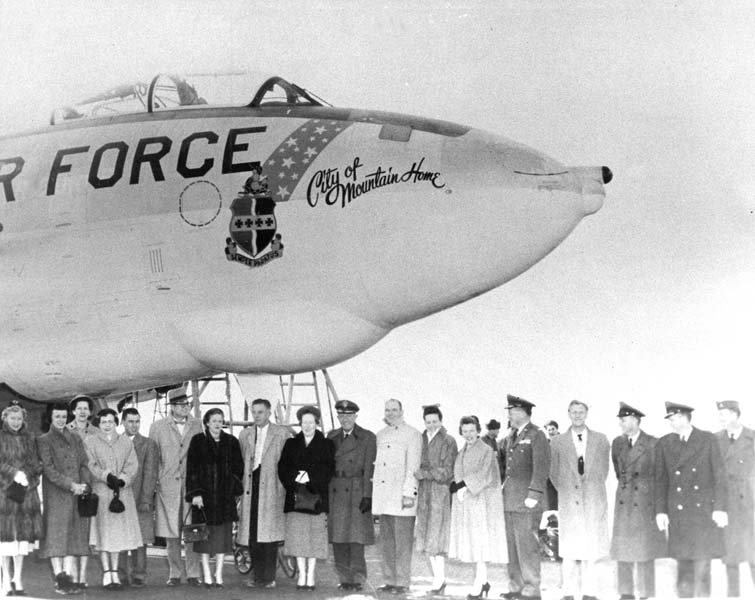
A grouping of aircraft currently deployed at the Mountain Home Air Force Base. Photo courtesy of the Mountain Home Air Force Base.
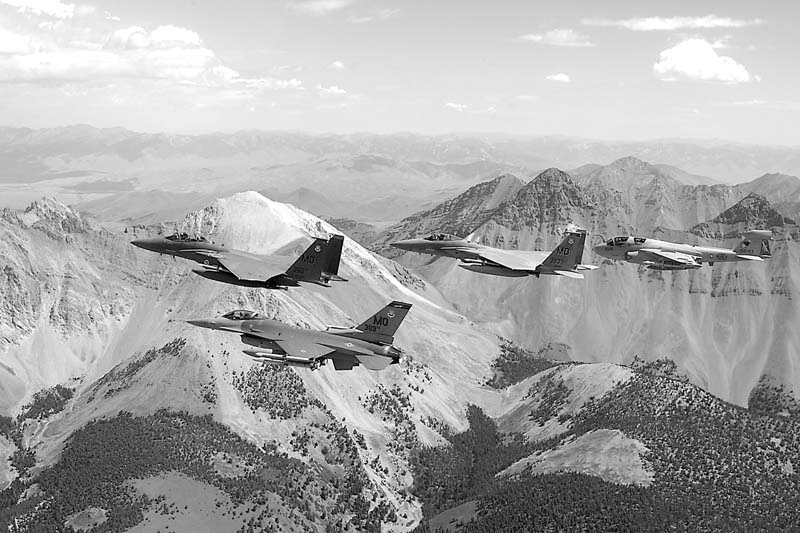
A B-47 Bomber sits on the ramp at the Mountain Home Air Force Base. Photo courtesy of the Mountain Home Air Force Base.
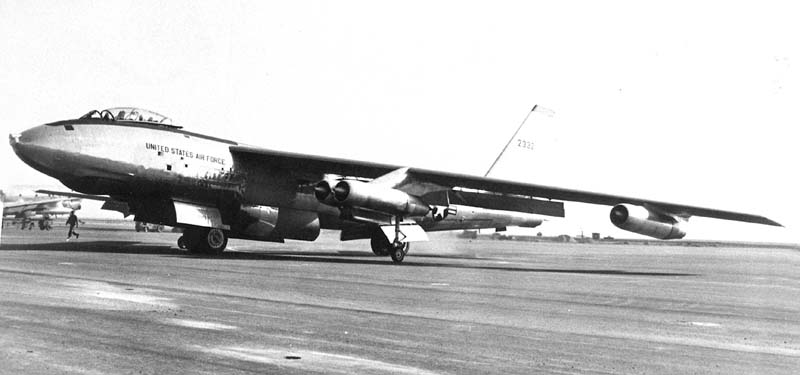
A scene from the annual Basque picnic and parade. Photo courtesy of El Wyhee Hi-Lites.
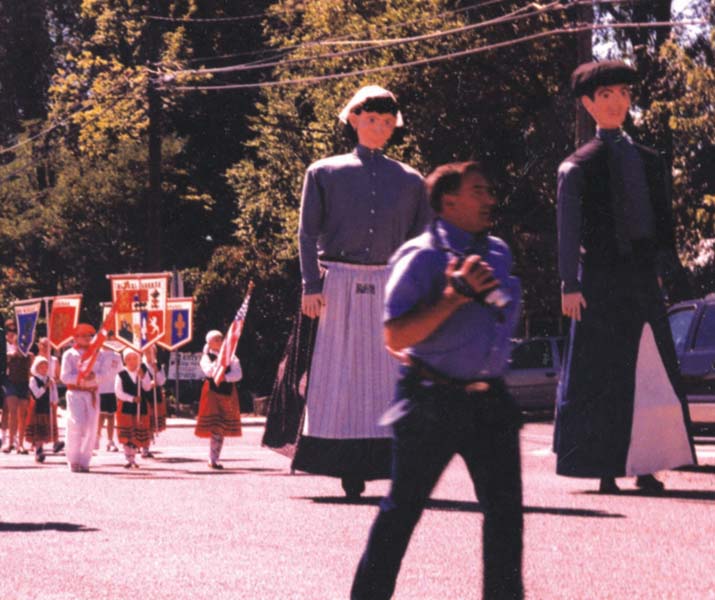
The Red Barn, former home of the Pinkston Livery stables, was built in 1908. Photo courtesy of John Hiler.
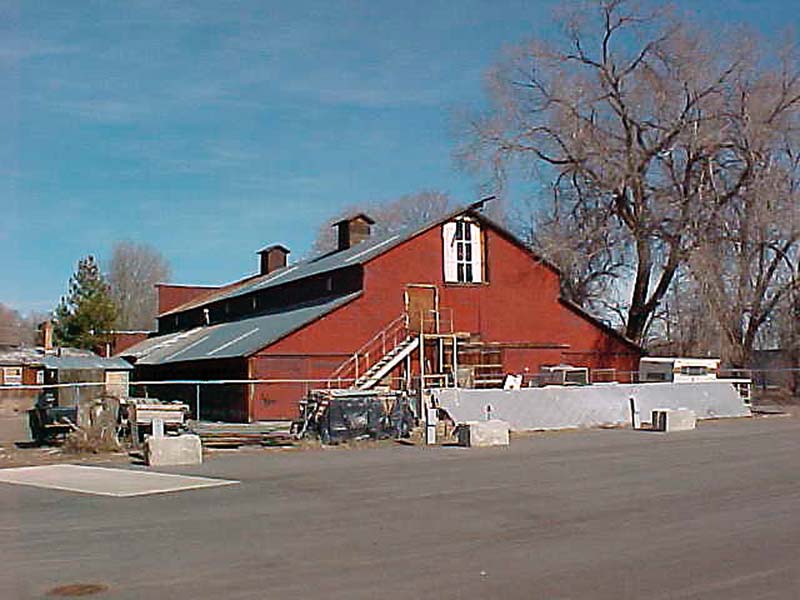
Welcome Home. Downtown Mountain Home in the mid-1950s. Illustration by Marcus Mashburn
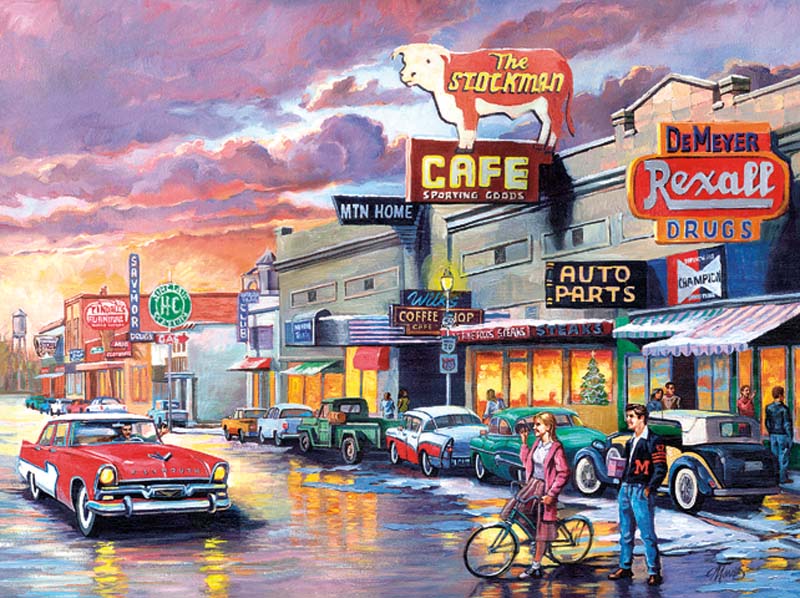
1950s Christmas, a rendering of a bygone era in Mountain Home. Illustration by Marcus Mashburn
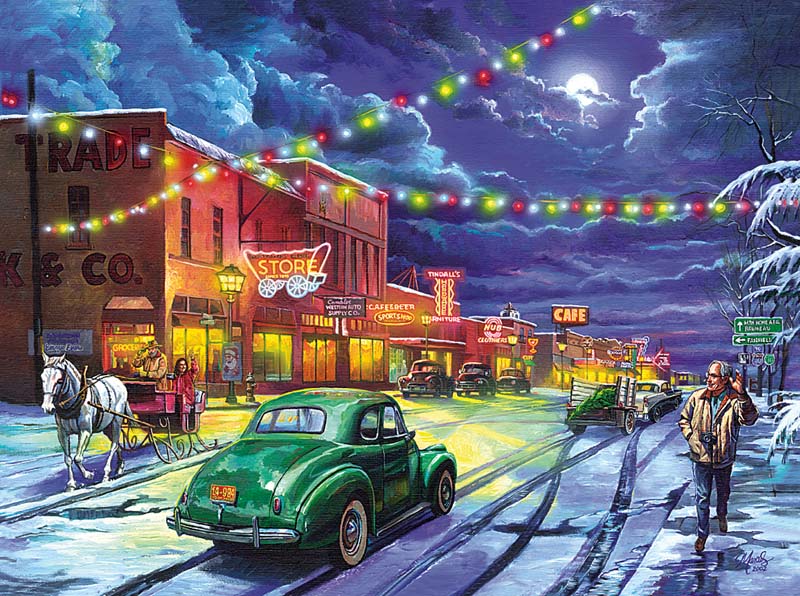
In 1875 an Owyhee Avalanche correspondent wrote, “I leave this morning by buckboard train for Rocky Bar. I have changed the name of this station, where I have been sojourning since noon yesterday, from ‘Rattlesnake Station’ to ‘Bedbug Station.’ There are no rattlesnakes here but an abundance of the other animals.”
On Feb. 13, 1877, The Idaho Statesman reported, “The station formerly kept at this point was called Rattle Snake and was and is yet the property of Mr. William Jackson. Jackson had a difference of opinion with the owners of the stage line, which resulted in the removal of the stage station to a point higher up the creek to the left of the old road. A post office has been established here with the name of “The Mountain Home,” but as yet there is no service, as no one is willing to serve the county in the capacity of post-master.”
In the summer of 1883 an enterprising drummer by the name of Tutwiler set up a walled tent and some whiskey barrels on sawhorses alongside the survey stakes for the new railroad being built. When the grading and track laying crews, known for having a horrible and almost unquenchable thirst, saw Tutwiler they said, “Hooray for Tut!” and named the camp Tutville in his honor. The first train steamed into Tutville in early July 1883.
Jule Hager, the new postmaster and stage agent at “The Mountain Home,” decided that since the trains brought the mail, the post office should be there to meet it. Without government authorization, he packed up the post office into a fifty-pound soapbox and brought it down the hill to the railroad. With it he brought the new name for the town, Mountain Home.
A local irrigation district completed the Mountain Home reservoir in 1892. Plans were made, ditches were dug, and land was sold—all on the strength of irrigation water flowing and making the desert bloom. As usual, there was too little water and too much land. In 1905 John H. Garrett came to town and, with foresight and extraordinary imagination, he promoted plans for the irrigation of fifty thousand acres around the town and across the desert. Although his plan was much maligned, some of it deservedly so, he certainly had great insight in causing Long Tom and Camas reservoirs to be built. It is this inter-tributary transfer of water from Camas Creek that continues to be the lifeblood of local agriculture and the ground water recharge that enables Mountain Home to survive.
In 1896 Mountain Home was incorporated as a village, with A.B. Clark, W.J. Turner, R.F. Whitney, and G.F. Mahoney as the initial village board. They elected Clark as mayor and appointed W.D. Reynolds clerk and Jarry Hubbell marshal.
In the summer of 1901, the turmoil of national politics and financial panic took hold of local politics, and some members of the village board were called “boodlers,” a then-new term connoting bribery and collusion. An audit of the village books was demanded. The former state auditor examined the books for the previous three years, at a huge cost of $85. A clerical error of $2.20 was found and corrected. So ended the first great village scandal.
Mountain Home soon became known as the “Horse Capital of the West.” Miss Kitty Wilkins, labeled “The Idaho Horse Queen,” was a familiar figure about town in the 1890s and later. She and her family raised their horses at a ranch below Bruneau and at Kitty’s Hot Hole, both on the Roberson Fork of the Bruneau River. Kitty was born in 1858 in Oregon and came with her family to Owyhee County in 1884, where they began to acquire land and enlarge their livestock herds. In 1891 it was reported by the Sioux Falls Journal that she owned more than eight hundred horses.
There were huge herds of horses on the Bruneau desert in those days, almost all carefully tended by their owners. Expensive stallions were imported from Kentucky and Pennsylvania to improve the herds, which were thoroughly culled to remove poor stock.
Buyers came from all over America to buy horses. In 1914 the Great War broke out in Europe, and with it came a huge demand for warhorses. By 1916 most of the horse stock in England and Europe had been used up, killed in battle. The demand for horses soared. Buyers came from England and France to buy American horses at Mountain Home and ship them across the Atlantic.
Red Miller, a young cowboy at the time, and his dad made many trips to Mountain Home from their Soda Springs ranch to buy horses from the Wilkins family and others. Red gives a first hand account of these trips: “Dad and I would come up on the train to look over Kitty’s horses. We’d usually stay over three or four days, maybe go down to Bruneau or back up the Bruneau River and out on the desert to look at the stock. When Dad found what he wanted he’d buy a bunch of the good ones and ship them back to Soda. Then we would begin to work them down for riding. After we had them pretty well broke a captain from the cavalry would come over from the fort to look them over. Dad knew what the army wanted in the way of horses and always sold the whole bunch.”
The railroad allowed Mountain Home to retain its place as a shipping and distribution center for the mining, lumbering, and livestock businesses. Although the agricultural recession in the years after World War I were extremely difficult, and the Great Depression in 1929 hit local business very hard, the community survived, though the town lost much of its population.
World War II brought with it the creation of the Mountain Home Air Force Base, which would change the profile of the city forever. From then on, the fate of the city and the Air Force base would be linked.
Recent History
In the early 1960s the capability for high-lift pumping of water from the Snake River and deep wells drilled into a large water strata opened thousands of new acres of land to farming. Near Mountain Home, water was brought onto some of the highest quality land. With the opening of these lands, agriculture again became a big force in the local economy. Thousands of acres of land began to produce Idaho spuds in rotation with sugar beets, grain, hay, and beans. New farms grew up to the south and west of Mountain Home and the production of potatoes from these new lands was amazing. Their high quality and size brought a premium price on the market, and another farming boom began as the town again became an agriculture center. The business community responded to the twin economic engines of defense spending and agriculture.
More recently, consolidations in farming and livestock production, combined with higher power costs and foreign competition, have again consolidated the farming community, creating large farms for their economies of scale, with the dairy industry becoming an important factor in the local economy.
Mountain Home Today
Currently, the local business community—and especially the downtown area—is in transition. Big box stores have driven out many of the long-established family-owned businesses that are the foundation of any small community’s traditional effectiveness. The loss of higher incomes that are associated with successful small businesses has been felt throughout the area.
Mountain Home has, since the beginning of the 20th century, had a mix of cultures. First the Basques came to become involved in the sheep industry. The town was a major arrival point for Basque families coming from Spain while the Basque boarding House was a clearing center for those families. The community has retained much Basque culture. The Air Force has also brought many other cultures to the community, and the town has arguably the most diverse population in Idaho. With the runoff election in December 2003, Mountain Home elected the first popularly elected black mayor in the history of Idaho and looks forward to a progressive 21st century.
The town near the mountains is still the mountain home for those who come and stay, the name that came down the hill in a fifty-pound soapbox. The name stayed and prospered with the help of a lot of good folks. But like any pleasant place it must be nurtured and cared for. Then it can become the mountain home of many future generations.
History of Mountain Home Air Force Base
Provided by the Mountain Home Air Force Base
During the buildup of forces in the early stages of World War II, the US Army needed bases to train aircrews for combat. This led to the evaluation of a site in Idaho for a bomber-training base. At a cost of about two dollars an acre, construction of Mountain Home Army Air Field began in November 1942, and was completed nine months later. Throughout the war, the base served as a training center for B-24 Liberator crews. At the close of the war, the Army Air Force placed the base on inactive status.
The base remained inactive until December 1948 when the newly independent United States Air Force assigned the 5th Reconnaissance Group and then the 5th Strategic Reconnaissance Wing and their RB-17s to the newly renamed Mountain Home Air Force Base. Throughout the 1950s and 1960s the base received various missions through numerous closures and re-openings.
Beginning in the early 1950s the base received a unique mission known today as special operations. Utilizing the personnel of the 580th, 581st, and 582nd Air Resupply and Communications (ARC) Wings, pilots flew C-119, B-29, and SA-16 aircraft training for psychological warfare, conventional warfare, and special operations. The last of these units departed for overseas duty in 1953.
With the transfer of the ARC units, the base transferred to the Strategic Air Command. The 9th Bombardment Wing relocated to Mountain Home in May 1953 and began flying B-29 bombers and KB-29H refueling aircraft. Shortly thereafter, the 9th Bombardment Wing began converting to the new B-47 Stratojet bomber and the KC-97 tanker, maintaining an alert force ready for war at a moment’s notice.
In 1959 construction of three Titan missile sites began in the local area. The 569th Strategic Missile Squadron controlled these sites and was assigned to the newly re-designated 9th Strategic Aerospace Wing in August 1962.
A few years later, the Strategic Air Command mission at Mountain Home began to wind down, and in November 1964 the Air Force announced that the missile sites would be closed. In late 1965 the Air Force also began phasing out the B-47s and announced plans to bring the 67th Tactical Reconnaissance Wing to Mountain Home.
In January 1966, with the closure of the missile sites and the arrival of the 67th, control of the based passed to Tactical Air Command. The 67th flew RF-4C aircraft and conducted photographic, visual, radar, and thermal reconnaissance operations. Two years later the 67th also conducted tactical fighter operations with the addition of a squadron of F-4D Phantoms. This fighter mission lasted until late 1970 when the F-4Ds were reassigned.
The 347th Tactical Fighter Wing, equipped with F-111F Aardvarks, replaced the 67th as host unit of the base in May 1971. The 347th had a short stay, conducting F-111F training until October 1972, when the 366th Tactical Fighter Wing moved from Vietnam to Mountain Home. Upon its arrival the 366th absorbed all the personnel and equipment of the 347th.
Operations continued unchanged for several years. The wing tested its readiness in August 1976 when a border incident in Korea prompted the United States to augment its military contingent in the region as a show of force. The 366th deployed a squadron of twenty F-111s, reaching South Korea only thirty-one hours after receiving launch notification. Tensions eased shortly afterward and the detachment returned home.
In March 1980 the Air Force announced plans to base EF-111A Raven electronic combat aircraft at Mountain Home. The Raven variant was specifically designed to blind enemy radars with powerful electronic signals. The 366th gradually sent part of its F-111A fleet for modification and conversion to the EF-111A configuration.
Operations throughout the early 1980s remained stable with the 366th Tactical Fighter Wing training F-111A and EF-111A aircrews while maintaining combat readiness in both aircraft. The aging F-111A fleet was retired in the early ‘90s.
As the F-111As were being retired, the wing’s Ravens saw extensive service. They deployed to Panama for Operation Just Cause in 1989 and to Saudi Arabia for Operations Desert Shield and Desert Storm in 1990 and 1991.
In early 1991 the Air Force announced that the 366th would become the Air Force’s premier “air intervention” composite wing. The initial building blocks for this new force were laid later in the year when the base received its first F-16C Fighting Falcons and F-15E Strike Eagles. In 1992 the wing transferred its EF-111A Ravens to Cannon AFB, New Mexico, and replaced them with F-15C Eagles. Later in the year KC-135R Stratotankers arrived at Mountain Home to give the wing an air refueling capability.
Also in 1992 the wing took possession of its first bombers with the activation of a geographically separated unit at Castle AFB, California. When the Air Force retired the B-52G in 1994, the unit moved to Ellsworth AFB, South Dakota, and switched to the B-1B Lancer. Two years later the B-1s began a gradual transfer to Mountain Home, with the squadron officially moving in 1997.
Following the terror attacks on September 11, 2001, this force played a critical role in America’s response. The 366th deployed more aircraft and people and dropped more bombs than any other unit in the Air Force during the first 150 days of Operation Enduring Freedom. The wing contributed three flying squadrons, which flew more than 1,000 missions and dropped over 7.7 million pounds of munitions over Afghanistan.
The era of the composite wing came to an end in late 2002 as the Air Force consolidated its tankers and bombers. The KC-135 squadron inactivated and the B-1B squadron moved back to Ellsworth AFB. The remaining mix of F-15C, F-15E, and F-16C aircraft make the 366th one of the most diverse and capable fighter wings in the United States Air Force.
Visiting Mountain Home
Provided by Ed Walters of El-Wyhee Hi-Lites
Mountain Home contains several historic buildings unique to its heritage, many of which now house commercial businesses such as Lane’s Appliance (Montgomery and Blunk Building, built around 1920), Top Hat Restaurant (possibly a boarding house, built around 1905), Elmore County Court House, built in 1916, Towne Square (Bengoechea Block Building, built in 1910), Hacker Middle School 5th grade class rooms (Old Mountain Home High School, built in 1926), and the Red Barn (Pinkston Livery Stables, built in 1908).
Visitors may want to tour the Historical Museum located on South 3rd East, adjacent to City Hall. It is housed in the Carnegie Library that was built in 1908 and listed on the National Register of Historic Places. It preserves a great deal of local history featuring genealogy materials, pioneer relics, Chinese memorabilia from the gold rush days, and Native American artifacts. Each month the museum sponsors a “First Thursday Luncheon” which honors long time residents as guest speakers.
The Mountain Home Arts Council provides a variety of cultural and artistic activities, ending with their annual Garden Tour in June.
The annual Basque picnic, held on the first weekend in August, is hosted by Euskal Lagunak.
The Elmore County Hispanic Organization holds its annual Mexican Independence Day celebration in September.
The first weekend in September Mountain Home hosts the largest parade in Idaho during Air Force Appreciation Day. This event is filled with food, entertainment, prizes, and plenty of old-fashioned fun.
Mountain Home is proud of its Visitors’ Center located at exit 95 on Interstate 84. The center offers an extensive collection of brochures and unique locally-made Idaho gifts.


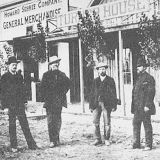
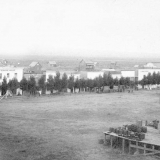
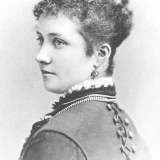
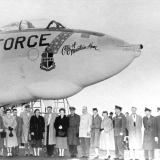
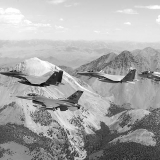
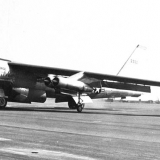
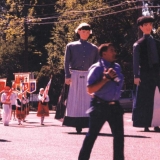
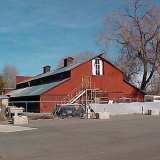

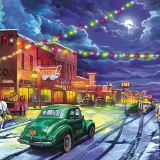
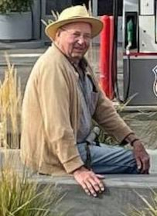
Comments are closed.